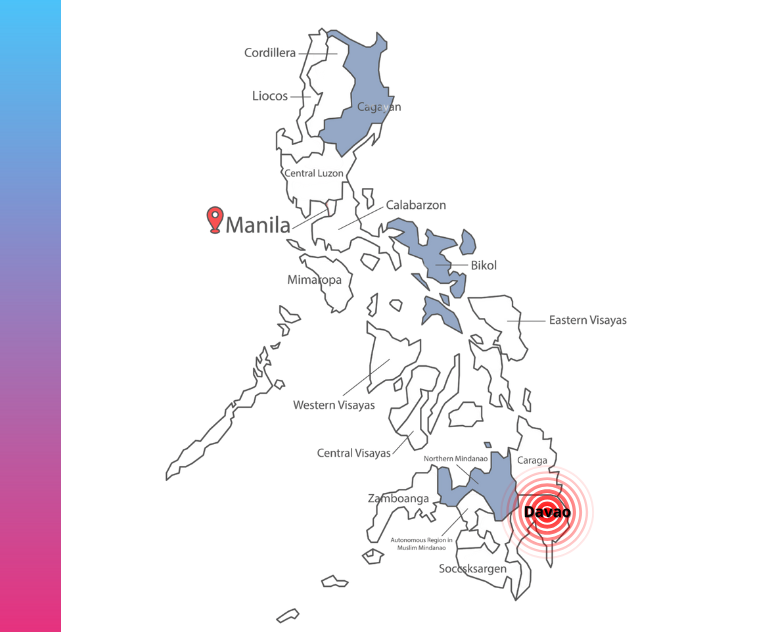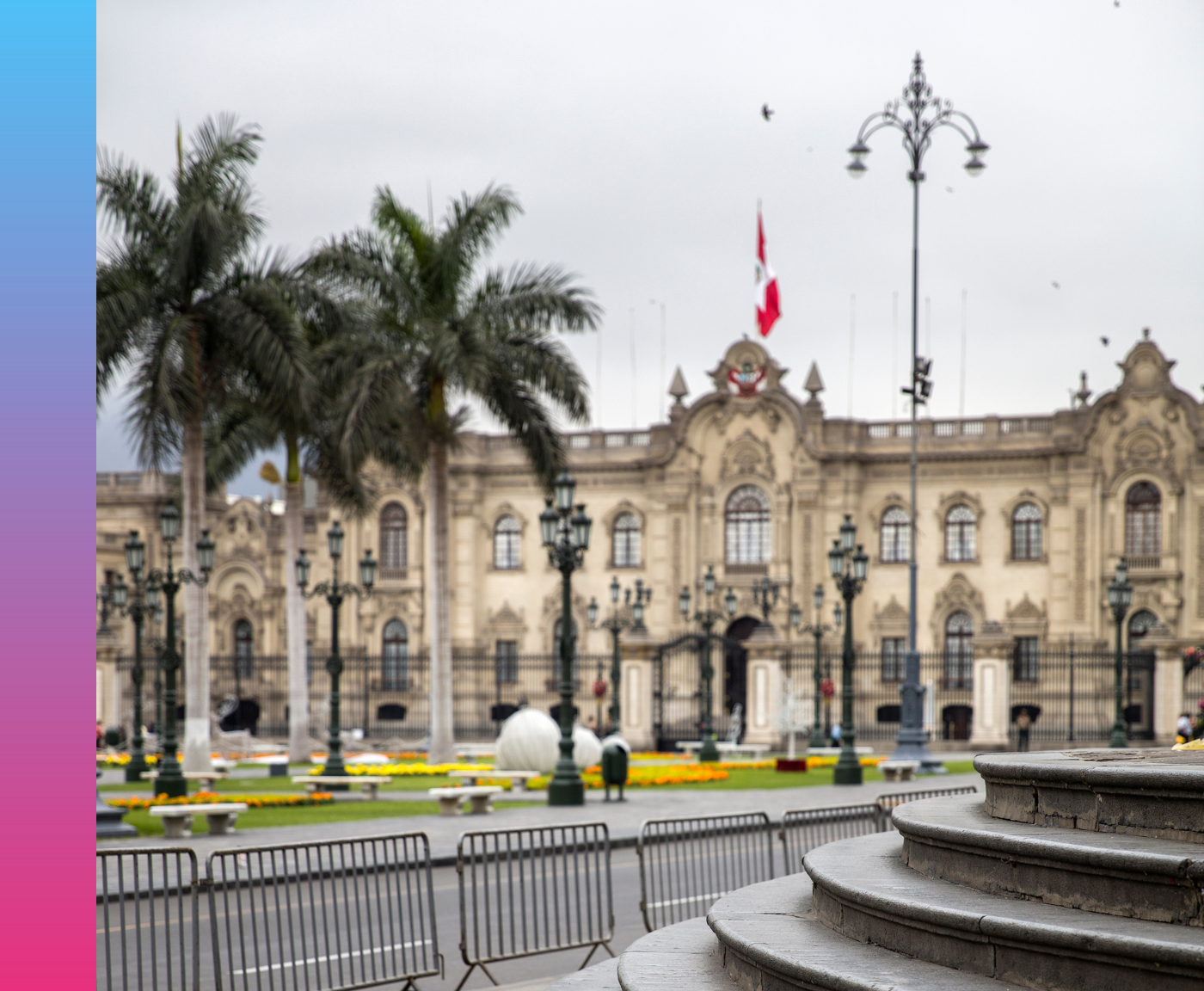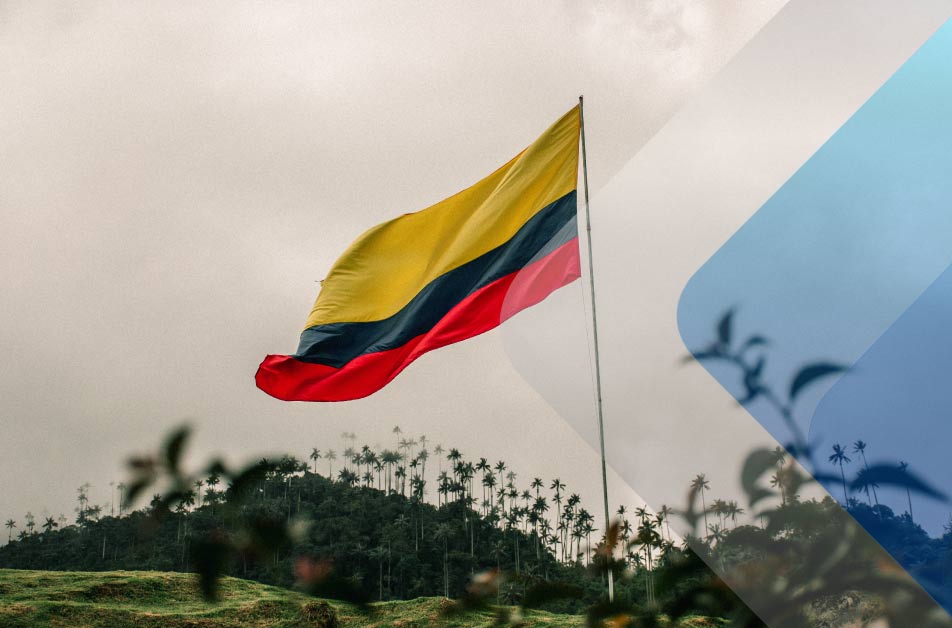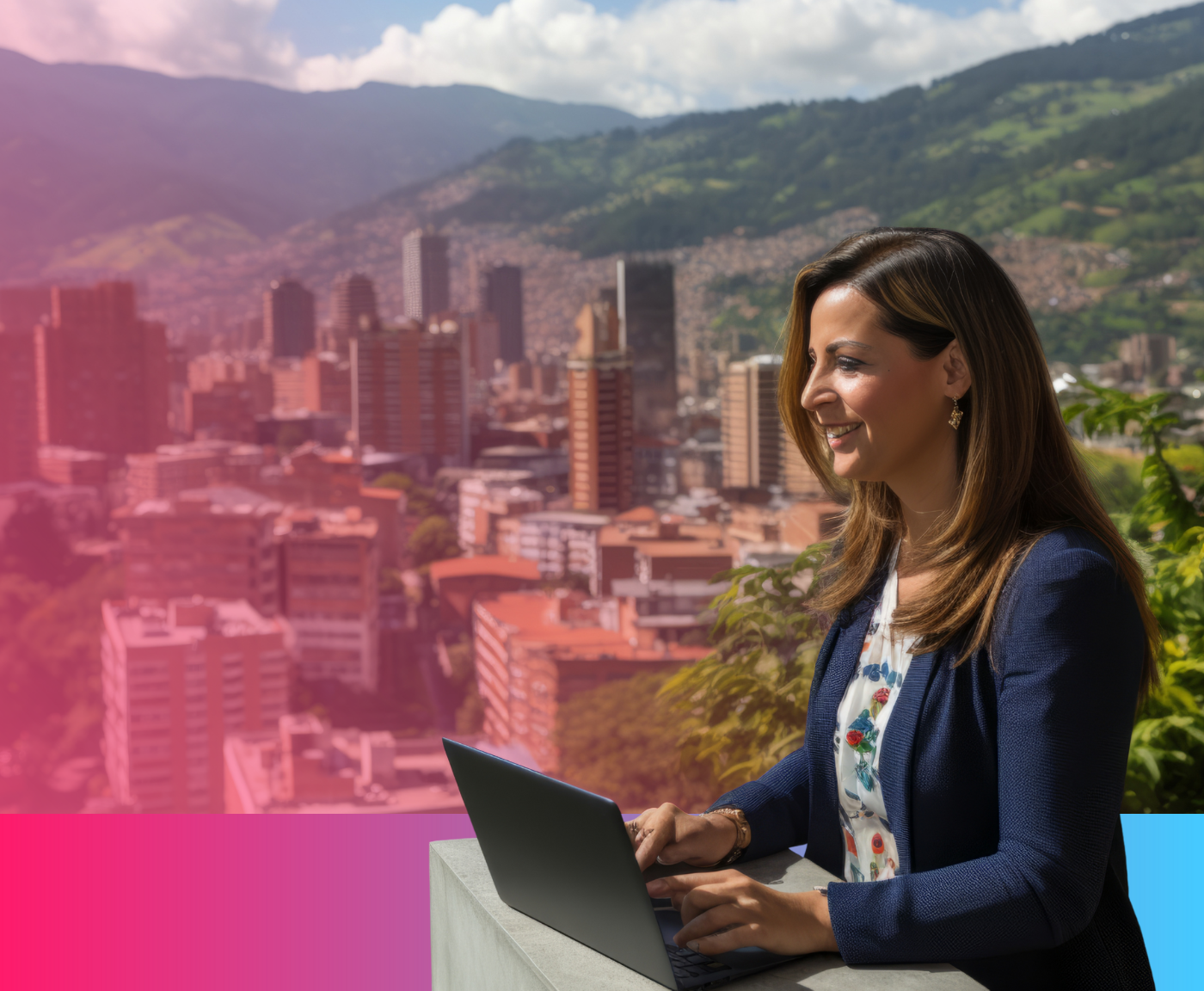Table of Contents
The Philippines was struck by two strong earthquakes early Friday, with magnitudes of 7.4 and 6.8, both centered off the coast of Manay, Davao Oriental (Mindanao). Authorities issued and later lifted tsunami warnings after evacuations in coastal towns. The tremors caused structural damage, power interruptions, and communication outages across Davao Oriental, Davao de Oro, and Davao City, as well as temporary closures of roads and bridges like the Magsaysay Bridge in Butuan.
At Serviap Global, we extend our heartfelt support to everyone affected by this event. Our thoughts are with the families, workers, and businesses impacted. In times like these, ensuring people’s safety, transparent communication, and responsible management are priorities for every employer.
Below, we share key labor and operational considerations for companies with employees in the Philippines, to help you navigate this crisis with empathy, compliance, and resilience.
1. Current Situation and Continuing Risks
Authorities have confirmed that aftershocks continue throughout the affected areas, and many residents remain in evacuation centers as inspections and rescue operations continue. Some structures have sustained visible cracks, and certain routes and bridges remain temporarily closed.
Power and internet connectivity have been gradually restored in most parts of Mindanao, but fluctuations persist as inspections of transmission lines and facilities continue.
The government has not yet issued a nationwide labor advisory specific to this event, though temporary suspension of work and classes has been declared in several provinces. Updates from the Department of Labor and Employment (DOLE) are expected as the situation evolves and assessments conclude in the coming days.
2. Safety and Operational Continuity
Immediate Steps for Employers
- Suspend on-site work until all facilities are inspected and certified safe by local authorities or building administrators.
- Activate your business continuity plan (BCP): shift to remote work, secure data backups, and focus on maintaining essential operations.
- Check in with your employees: confirm their safety and needs, including access to communication, medical care, and transportation.
- Monitor infrastructure and logistics: ensure alternative routes and channels for communication, especially where power and transport remain unstable.
- Prepare for aftershocks: review emergency protocols and reinforce safe evacuation procedures for employees working in the region.
3. Labor and Legal Considerations
According to DOLE’s prior guidelines for natural disasters:
- Under Labor Advisory No. 01, Series of 2020, employers may suspend work during natural calamities for safety reasons.
- Under the Occupational Safety and Health Standards Law (RA 11058), employees have the right to refuse unsafe work without fear of retaliation.
- Employers must not require employees to return to offices or facilities that have not yet been declared structurally sound.
- If remote work or flexible arrangements are possible, these should be offered immediately to minimize disruptions while prioritizing safety.
As of now, the Philippine government is still assessing damages and coordinating response measures. Employers are encouraged to stay tuned for DOLE advisories that may provide official work suspension guidelines in affected areas.
4. Acting Responsibly and Compassionately
Toward Employees
- Put people first: communicate clearly that safety is the top priority, and no one should return to a potentially unsafe location.
- Offer flexibility: allow for remote work, flexible hours, and justified absences while recovery efforts continue.
- Provide emotional and logistical support: consider access to counseling, emergency funds, or assistance for employees and their families.
Toward Clients and Stakeholders
- Communicate transparently: inform clients and partners about your continuity measures, possible delays, and support actions for affected staff.
- Demonstrate resilience: highlight how your organization is managing safety and continuity with empathy and professionalism.
5. Recommended Employer Checklist
- Confirm building safety certifications before reopening.
- Communicate any work suspension or flexibility policy clearly to staff.
- Record employee safety confirmations.
- Ensure compliance with DOLE and OSH regulations.
- Maintain alternative communication channels.
- Support employees facing housing, health, or transport difficulties.
- Prepare brief client updates regarding operational status.
- Review and improve your BCP for future preparedness.
6. Building Resilience Through Responsible Leadership
Natural disasters like these remind us that business resilience begins with people. The ongoing aftershocks, structural inspections, and the nation’s collective recovery effort will take time — and understanding.
While this is still a developing situation, what truly defines an organization is how it responds when its people are most vulnerable. Acting with empathy, transparency, and care is not only the right thing to do, but also the strongest foundation for rebuilding trust and stability.





























